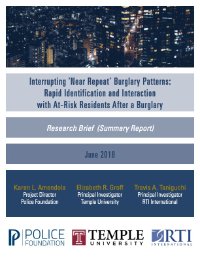By Elizabeth Luh
Biased police officers may purposely mis-record, or mask, the race of citizens that they interact with in order to evade detection. Indeed, journalists uncovered widespread evidence of such masking among Texas Highway troopers from 2010 to 2015. I propose a new test of racial bias in the presence of masking that is more powerful than standard tests and is well-suited to explore the rich heterogeneity in bias. Using various data-driven techniques to detect masking, I estimate that 24% of 130,240 searches were masked, with over half being Hispanic drivers being mis-recorded as white when searches failed to turn up contraband. I find that Hispanic and white troopers are biased against non-white motorists, with Hispanic motorists being treated the most unfairly. Using my model, I also find evidence of institutional racial bias and ‘bad apple’ troopers across Texas.
Ann Arbor, MI: Department of Economics; University of Michigan at Ann Arbor2019. 45p.





















